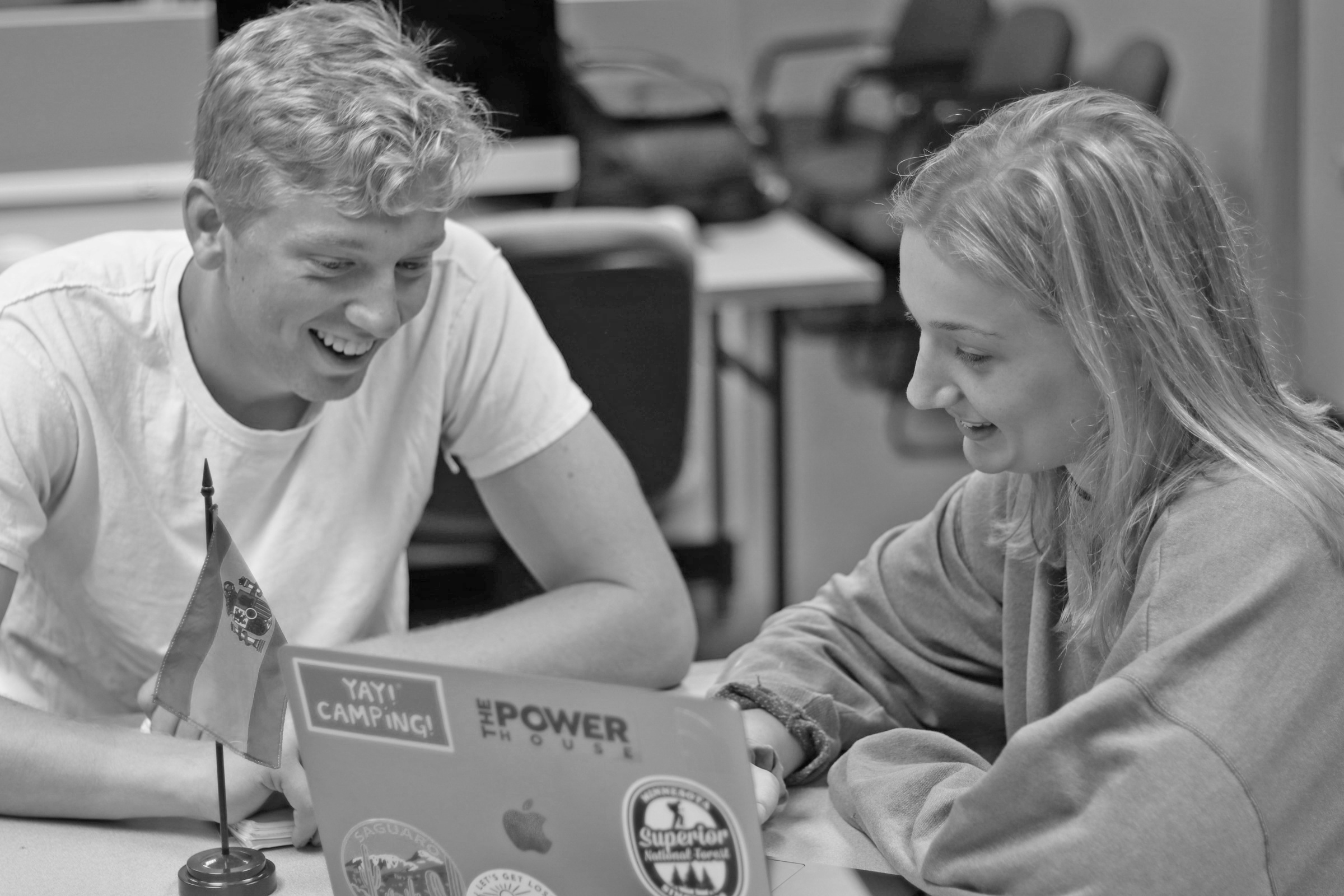The internet, politics, natural resources, travel, economy and sheer curiosity connect every country into the global society that we live in. Individual countries no longer function as the singular entities that they once were. What happens in one country is heard by and effects the rest of the world.
This global culture allows people to learn about different cultures, people, histories, problems and how different countries work to solve issues.It has also given platforms where people can share their ideas, work, art, music and lives with people all over the world. On the other hand, it also allows for the spread of hate and anger.
Our global society requires a large amount of open mindedness and willingness to disagree with others, which can be a very difficult task at times. But in order to succeed both personally and in this global society, we need to find ways around those differences where we can start to understand other people and cultures even if we don’t always agree with them. One way that we can begin to do that is by learning other languages.
The culture here at Gustavus is a good framework to see this globalized culture with all the benefits of diversity, as well as the clashes of cultures and ideologies and how people work to overcome those clashes.
For a smaller liberal arts school in the midwest, Gustavus has a fairly diverse student body with students coming from both all over the United States and from several different countries around the world.
Gustavus also promotes cultural diversity through their Swedish history, the seven different languages taught on campus and the numerous study away options. This diversity cultivates beautiful artwork, music, celebrations and personal growth in students but at times it also causes clashes on campus. But just like in our global society, the community here works to bridge those gaps and resolve conflicts every year. A large part of this effort is made by learning other languages and studying other cultures.
By learning more than one language students, “acquire [an] understanding of foreign cultures and develop translingual and transcultural competence that is highly sought after by employers and other organizations in a world that has become intensely interconnected and globalize”Mayra Taylor, one of the Spanish Professors on campus said..
Translingualism refers to the similarities that exist between more than one language such as words or phrases that are the same. Similarly, transculturalism is when certian cultural aspects can be seen through multiple cultures.
An understanding of translingualism and transculturalism allows people to find common ground and a collective understanding with which they can use to build an understanding of each other and their differences. The understanding of translingualism that students achieve through learning a second language means that even if two people don’t speak a common language, multi or bilingual students are able to pick up on cognates and common language patterns faster than monolingual students.
This allows them to be able to begin to understand what the other person is saying and how they communicate with them. Transculturalism takes that same concept a little bit deeper. First encountering a new culture, especially a non-western culture, can be extremely daunting as if there couldn’t possibly be any similarities between them.
This is one of the main reasons why culture shock can be so difficult. But through learning a new language and learning about the culture that goes along with it, students learn to search for and identify similarities throughout different cultures and also learn what some of the most common differences between cultures are.
A very common difference between cultures is when to or not to make eye contact with people. In the U.S and in many western societies it is respectful to keep eye contact with whoever you are speaking to but in many Asian cultures eye contact can be seen as very rude especially when talking with someone in a higher position.
However, facial expressions tend to be fairly universal, meaning that even when you don’t speak the same language as someone or at least aren’t fluent in that language you can communicate your feelings and tone through your facial expressions. Students who have gone through the process of learning a new language learn to rely more heavily on cues to understand others and express themselves with their new language. These transcultural abilities to identify common similarities and differences between cultures allows students to understand, work with and build relationships with a much wider range of people.
Both translingual and transcultural skills have become highly coveted by employers around the world who need to have employees who can work with people from all around the world in order to be successful in our global economy.
Learning a new language goes far beyond just being able to talk to more people. It provides people with the skills they need to be successful in a global society full of differences, differences that create an immense amount of beauty and conflict.
